Should I build this city improvement that will benefit me in the long run or should I build this military unit for some instant gratification? Such is one of many possible questions that all Civilization players will be constantly asking themselves as they play through one of their games. You will find yourself in similar shoes as you play Civilization: Beyond Earth, pondering whether you’re better off staving off alien plagues or whether you should deliver a straight up beat down on native alien life.
In fact these single-choice serial production lines for each one of your cities, which potentially span in-game decades or even centuries, that make you choose between a temple and a soldier unit are a main staple for the Civilization series. While many other things have become more detailed and precise in the Civilization games as it matured through I to V, the same bewildering question will always be asked: “Did it seriously take my people two centuries to build that granary?”
You will be pleased to know that such questions don’t exist in Civilization: Beyond Earth, but only because the passage of time isn’t something that is tracked. If one could describe Civilization I through V as the invention of the wheel and its constant refinements and improvements which culminate in the current ‘wheel’ (Civilization 5) that bears minimal resemblance to the original, then Civilization: Beyond Earth is a bunch of people getting together, taking the current wheel, re-dressing it, chipping off a few parts, tacking on a few new ones, calling it a day and insisting the new contraption be called ‘a square.’
This isn’t to say that Civilization: Beyond Earth is merely a re-skinning of Civilization 5, because with that same logic, you could say Medieval 2 Total War was just a re-skinning of Rome Total War and it absolutely isn’t. There exist enough differences to warrant calling it its own game and not just a standalone expansion and one just has to expect similarities when both games are built on the exact same engine.
However, while Civilization: Beyond Earth plays in a very similar way to Civilization 5 (you will easily recognize the hexagonal tiles and the purple colored culture point counter, for instance), the way you play Civilization: Beyond Earth will be very different from how you play Civilization 5. Put simply, the tacked on parts make the wheel (or square, if you’re still following on from the previous analogy) wobbly and act nothing like a wheel at all. Wobbly in a good and interesting way.
Sure, you can easily take a glance at some gameplay footage, notice that the UI is pretty similar to Civilization 5 and that combat works in the exact same way. You will find that you will need to research technologies, produce things and march towards a chosen goal of one out of the five Victories available that will end your game session with your complete and utter triumph. You might even think it’s cute that Firaxis decided to do away with gold and just replace currency with “energy” and change all the resources that we are normally used to like horses, iron and uranium to sci-fi resources like “float stone,” “xenomass” and “firaxite” (haha, good try their Firaxis Games). You will look at the new native aliens and just snicker at the re-skinned barbarians. You may even look at the diplomacy screens and just scream “THIS IS CIVILIZATION 5. WHY AM I PAYING $50 FOR THIS?!?”
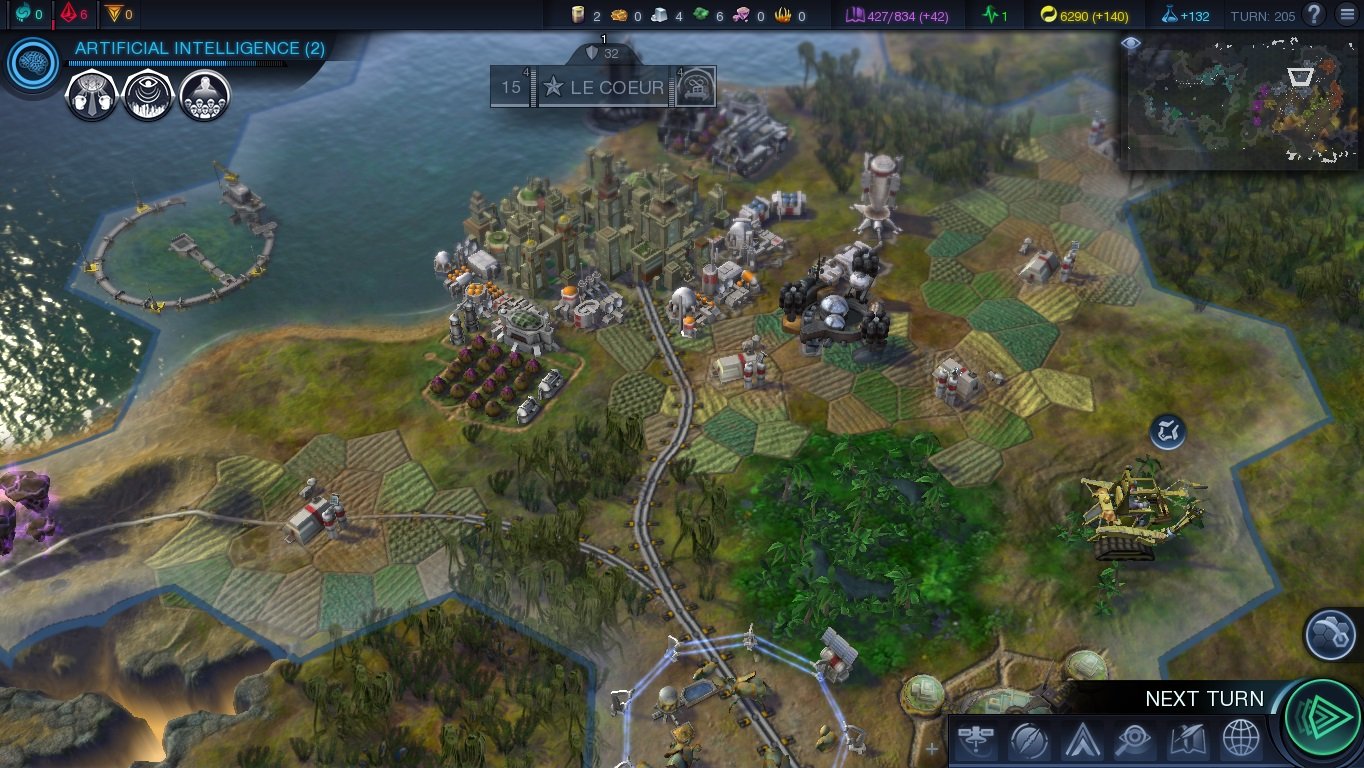
However, while mechanically, very little is different, those small changes that Firaxis made to gameplay impacts everything. One of the victories from previous Civilization games has been to come first in the space race and subsequently launching a colony ship to the stars. Civilization: Beyond Earth can be easily seen (in addition to being the spiritual successor to Sid Meier’s Alpha Centauri) as continuing where you left off in Civilization and continuing your trek through humanity’s development among the star. Subsequently, unlike in previous Civilization games, you do not start off your colony as a bunch of cavemen, but as a technologically advanced group of settlers with various potential perks aboard their shiny spaceship.
In addition to picking your “sponsor” (basically nation), out of the eight possible ones, each with their own small bonuses, you will then get to decide what kind of colonists you will plan to bring (Engineers? Artists?) who will bring along their own additional perks, you then decide what kind of helpful device your spaceship carries (be it a stockpile of energy or some sort of geological scanner) that can give you a significant early game advantage in addition to a free unit or building to start out in you first city to go along with your initial explorer. The many different possible variations of set-ups will allow you to tailor your colony to your own play-style a lot better than any other Civilization game to date.
Immediately, you will notice that your choice of where to settle your initial colony is extremely limited, usually one of 7 clustered hexagons chosen at random by the game for you (unless you picked the perk that gave you a larger potential settlement range) which is markedly different to the un-restrictive initial settlement found in other Civilization games which can lead to some interesting strategic outcomes. Giving you that initial extra unit just helps to save you time so that you don’t have to click the next button a few times more than you would have initially needed to.

As you progress through the game, you will probably notice that the old-fashioned tech tree one would be familiar with in previous Civilization games has been completely replaced by a technology web with each major technology branching to other major technologies as well as minor technologies with certain perks of their own that don’t lead to anything, but are cheaper to research. There is mostly no one linear way to get to a technology, so as long as a technology is connected to one that you’ve already researched you can start researching it. For example, in the above image, you could research Computing after you’ve researched either Ecology or Engineering.
There is no giant list of prerequisites necessary. This freedom just helps to increase the immersiveness of the game as it helps to simulate your colonists re-discovering technologies that have already existed on Earth as opposed to getting that initial spark to invent from scratch. It also let’s you cater your colony to be even closer to the way you plan to play the game. This tech web system also helps to transition in the new Affinities that your colony can take up. They are Harmony, Purity and Supremacy and each come with their own special perks and bonuses, which is nice as you gain affinity points by researching the right technologies.
However, perhaps the most important part about affinities, for players, is is that, while there are no nation specific units, there are affinity specific units. Be it robot soldiers or gigantic alien monsters, you will find a fair bit of variety. Also, as you gain more points for an affinity, you will subsequently gain upgrades for your normal, non-affinity specific military units with different affinities having not only aesthetic differences, but different combat bonuses as well.

All things considered, it seems that the general philosophy of Civilization: Beyond Earth is to remove as much standardization (such as big, set-in-stone perks for nations), in favor of letting you forge your very own “nation.” This is exemplified by the Virtues perks which you can gain by reaching certain numbers of culture points for your colony. Firaxis has also made it a point to give players who don’t merely wish to focus on one single tree a fighting chance by giving horizontal bonuses (so extra perks if you get a certain number of virtues in a single tier) as well as vertical bonuses (going down the same tree). You will also frequently get “Quest Decisions” after producing a building for the first time that will affect the bonuses from the building.
Suffice to say, even though there are only 8 nations to choose from, the chances of you finding another person who plays the exact same nation as you in the exact same way is extremely unlikely.
It isn’t all just about how many different kinds of perks you can accumulate though, there are also many brand new gameplay elements and concepts introduced to Civilization: Beyond Earth, a few of which you can see in the image below.
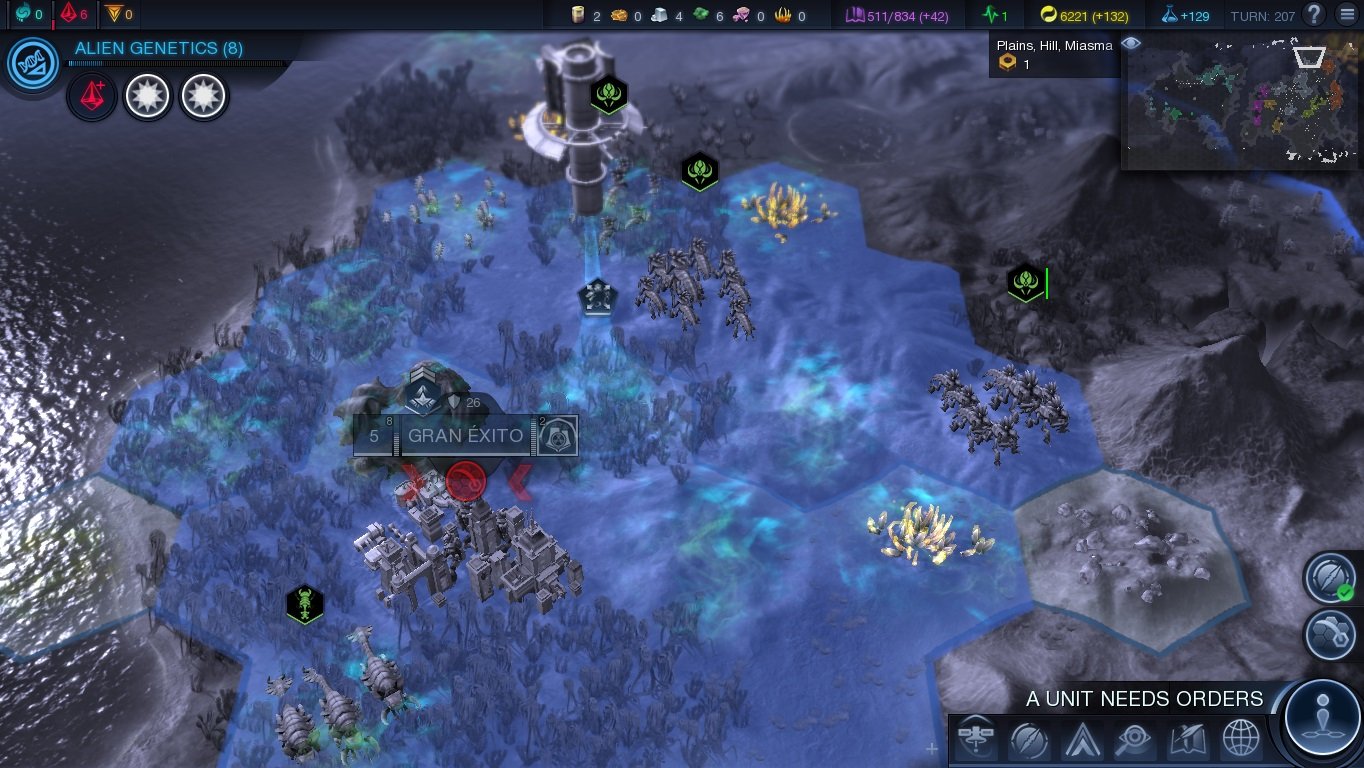
What we are seeing in the above image is the map through the “orbital layer” view where you can see all the satellites you and your neighboring colonies have launched. That’s right, you are now able to launch satellites that provide, you guessed it, perks and bonuses for the tiles it is located over. There are also satellites for the express use of removing miasma, the cyan, Aurora Borealis lookalike substance that is spread across the alien world (and damaging to your units if you don’t follow the harmony path), and military satellites that can be used to shower your enemies with orbital laser fire. It is suitably glorious. Obviously, to prevent exploitation of satellite spam, satellites will eventually crash back down planet-side after a set-period of time.
This is definitely the most approachable Civilization game ever made.
In the image, around my Franco-Iberian city of Gran Exito you can see a horde of aliens surrounding it. If this was Civilization 5 and the aliens were the barbarians, you would be damned sure they would be running straight at my city doing their best to tear it down or die trying. Aliens are a bit different. They are initially docile and won’t attack you unless provoked, that is if you don’t attack them or go marching your units up to their nests. Thus you can see my city of Gran Exito living in perfect harmony with the surrounding alien life. That is until my neighbors decided to go aggro on the aliens. For, you see, aliens don’t differentiate between one group of humans to another on the whole planet. If, say, Brasilia decided to commit a xenocidal purge of the planet, the aliens will become aggressive, but not only towards Brasilia, but towards all of humanity. Which included me. So that was fun.
However, luckily for me, due to the concept of making aliens more docile quicker if your cities’ influence overlaps with an alien nest (as you can see occurring above with the nest just outside of my city), I was able to get back on friendlier terms with the aliens so that they would stop hitting my trade convoys. This is a good thing because aliens are just cannon fodder, in the late game, aliens get much bigger and stronger and there is no real way to completely wipe them out.
Alien nests, where the aliens spawn from. are one new type of object you will find on the maps of your alien world, you will also find derelict settlements (from previous, failed attempts to colonize the settlement), resource pods, crashed satellites (which could be one of your own!), giant alien skeletons and progenitor ruins, all of which can give you benefits if you explore them correctly by building an expedition on top of them with one of your explorers, except for resource pods, for you merely need to walk onto them.
However, it isn’t all just resource or technology boosts, completing an expedition on a giant alien skeleton can yield and alien unit under your control. An expedition into a derelict settlement can yield one extra population for your capital city. Another expedition into progenitor ruins can give science benefits as well as start you on the path of one of the five possible victories available in Civilization: Beyond Earth.
The different victories available in Civilization: Beyond Earth just don’t feel quite as varied as Civilizations past. There is the ever-present domination victory which is achieved by promptly beating the snot out of all your neighbors and having the planet all to yourself, although you could absolutely question why all the sponsors thought it’d be a good idea to send all the colonists from different factions to the exact same planet out of the millions and billions of planets that exist out there in the universe. Well, I guess there wouldn’t be much of a game if they didn’t do it this way, but moving on.

There is the “Contact” victory and, without spoiling too much, you will be making first contact with… Okay, you’re going to meet with aliens. That’s how you win with that one. You find clues on how to do so within the progenitor ruins, thus the importance of the aforementioned expeditions, and this victory actually appears to be Firaxis’ attempt to deliver a narrative in their games. It makes for a very interesting play through and while it could have been implemented better with perhaps some cut-scenes (which they didn’t have), it was an admirable effort.
The other three victories, Transcendence, Promised Land and Emancipation are affinity specific victories that you will achieve by researching the necessary technologies and building the correct structures and units required for the victory. Notice that there is a clear lack of victories that involve culture, economy or diplomacy, unlike in other Civilization games. While culture, economy and diplomacy can help get you on the way to some of the above-mentioned victories by making your colony more productive through the countless perks you will be obtaining, they don’t directly lead to any victories on their own which is probably what makes the list of victories seem a little bit empty and incomplete.
This all culminates down to one underlying fact. To win, you either just build the largest and most efficient economy possible to research the correct technologies, build up the needed structures and then protecting them from your rivals, or you can go on an all out WAAAAAAAAAR. No prizes to anyone who can guess what path I chose…

Well then perhaps you shouldn’t have brought industrial revolution technologies to a super-advanced-space-colony fight.
It isn’t all sunshine and rainbows though. The interface can be fairly un-intuitive at times as, through my first 100 turns in the game, I hadn’t realized that there was this tiny little plus sign at the bottom of your screen that could pull up more windows with a bit more information, information that would have been extremely helpful if I had known about them earlier.
However, even with the extra windows, I can’t help but think there is a large information gap between me and the game. I could not find a single place where it kept track of who was at war with whom. Obviously, I know who I’m at war with, but I have no idea who else is at war with whoever else, unless I mentally kept track of it, which can be hard to do in between sessions. Then there was this other time where I somehow declared war on a nation, which I had no intention of doing, when I apparently “attacked their trade convoy” when I had not given any order to do so, which is understandably frustrating when you are already at war with half of the other colonies on the planet. Diplomacy itself feels too pared down with the inability to trade technologies or share map information. Covert operations too felt like an afterthought. Both of these parts didn’t feel overly important in the grand scheme of things.
Civilization: Beyond Earth isn’t particularly hard either. Although I will admit that I was too much of a wuss to try the hardest difficulties, I had few problems with the mid-tier levels. In my opinion, this is due to the concept of health replacing happiness from previous Civilization games. Whilst negative happiness would affect your empire with great detriment in normal Civilization games, when you get negative health points (you get more negative health points as your population grows and you set up more cities) only act as a minor de-buff to your production efficiency rates, hardly a back-breaking thing which ultimately makes the only reason why you wouldn’t want to expand as quickly as possible because you will gain virtues at a slower rate.
But that’s about all the negative things I could find and think of about about Beyond Earth and in the grand scope of things, they are pretty minor. With an excellent adviser, aptly named ADVISR (an acronym to give the aura of futurism), that gives hints and mini-tutorials as you play through the game, Civilization: Beyond Earth becomes very easy to get a good grasp on for both newcomers and Civ veterans alike. This is definitely the most approachable Civilization game ever made. The graphics are nice without needing a supercomputer to run it and when I play the game, unlike in normal Civilization games, I get the feeling that the scale is just right. I honestly feel like I’m in control of a relatively small and budding space colony doing its very best to survive and thrive and not a hustling and bustling empire that spans continents of previous Civilization games, which I personally believe the Civilization engine is ill-suited for. It is just surprisingly good.
The Verdict
Civilization: Beyond Earth is a solid attempt by Firaxis Games to bring back the glory days of Sid Meier’s Alpha Centauri. It isn’t a perfect game as it just can’t shake the unmistakable feeling of being slightly oversimplified and, at times, being quite un-intuitive. However the core gameplay that utilizes the winning Civilization formula is still there, and some of the smart tweaks and changes give it a Beyond Earth spin that makes for very different play styles and differentiates it from normal vanilla Civilization games. While it isn’t quite what everyone had hoped for when they first heard Civilization: Beyond Earth’s announcement, it still, assuming you have the patience and time to get to learn and understand it, makes for an enjoyable game for both fans of the franchise and newcomers alike.


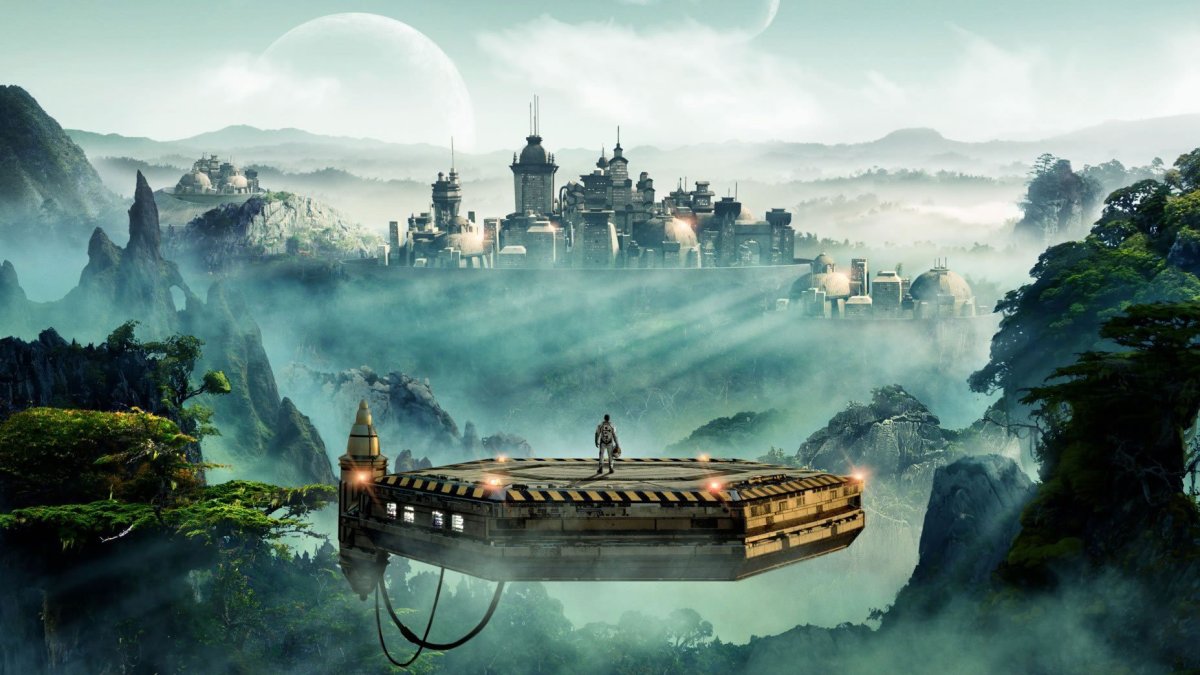
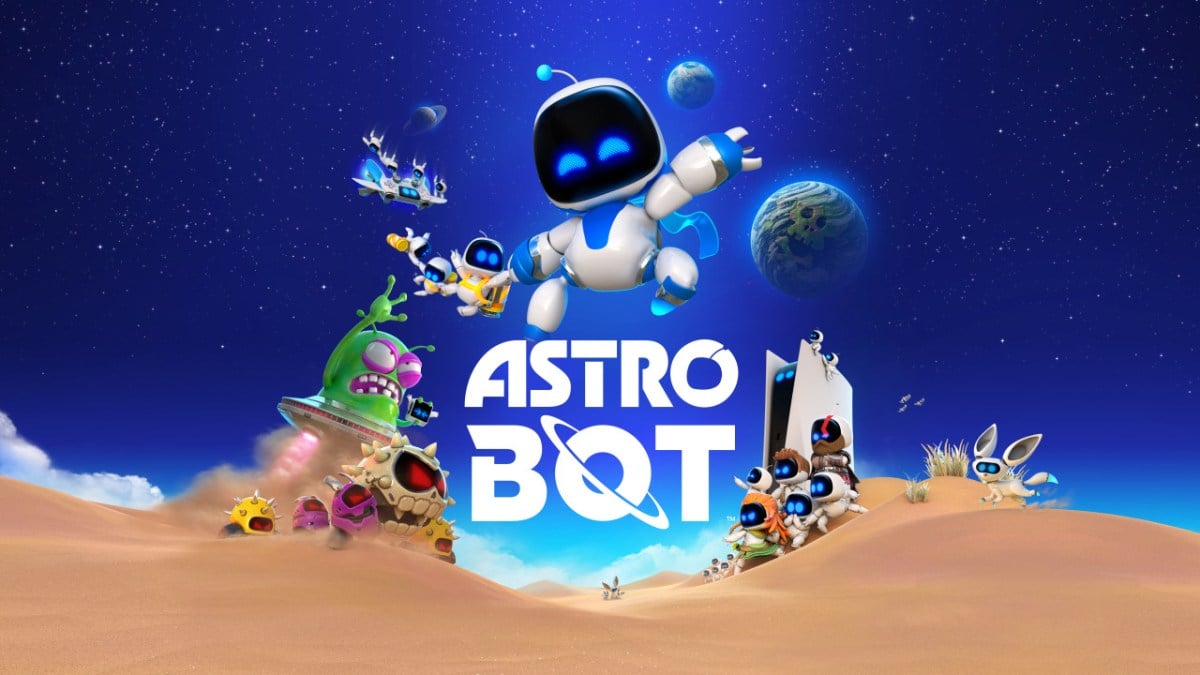

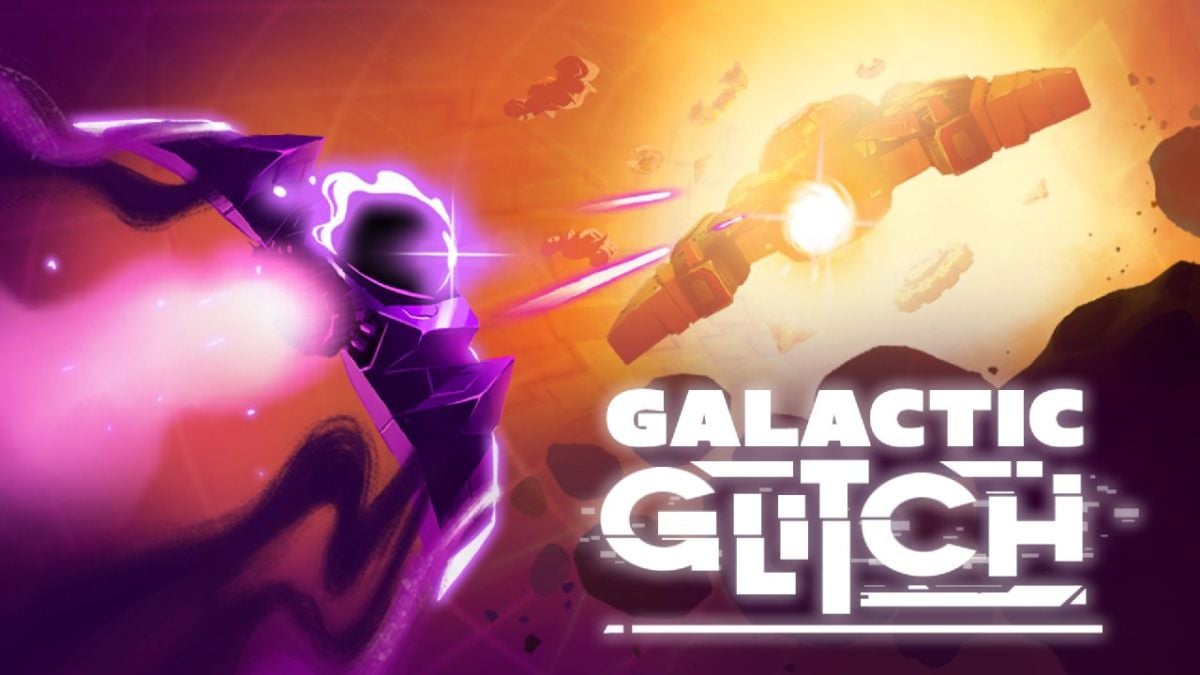





Published: Oct 29, 2014 10:18 pm